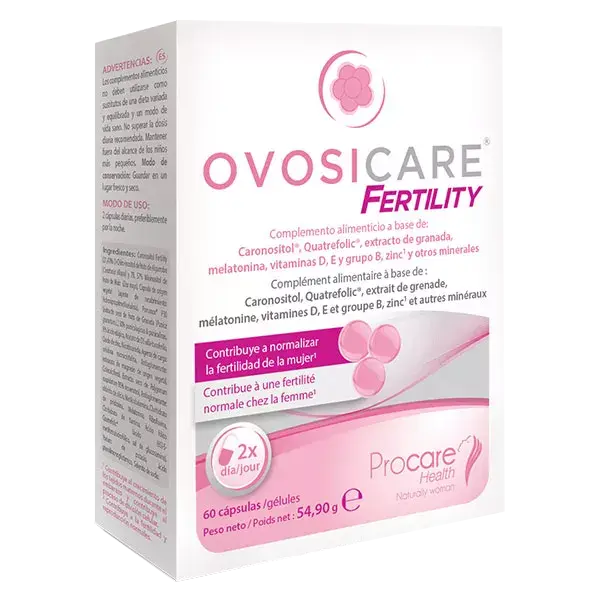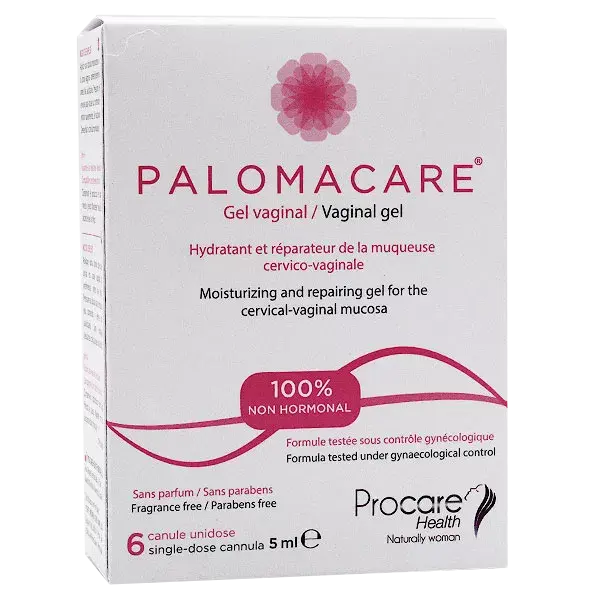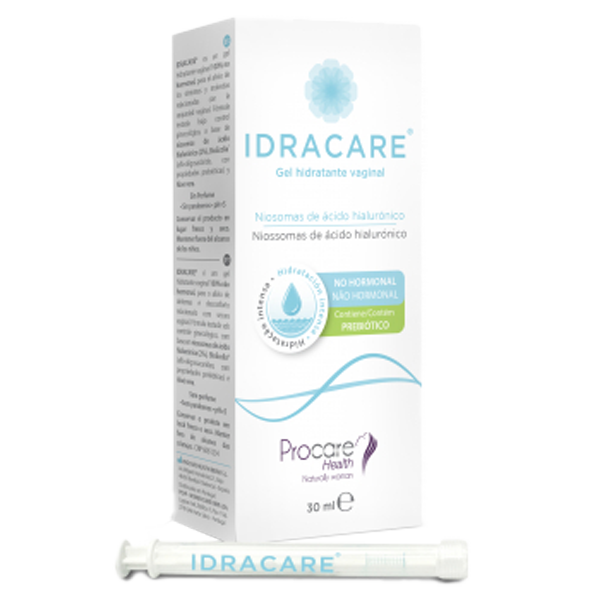
HPV Infection & Cervical Lesions
If you have had a diagnosis of CIN
I’ve been diagnosed with CIN. What does it mean?
A diagnosis of CIN means tests have found that some of the cells that line your cervix are changed, or abnormal. CIN stands for cervical intraepithelial neoplasia.
Cervical means it affects the cervix.
Intraepithelial means the changed cells are on the surface of the cervix and have not grown past the surface layer.
Neoplasia means changed or abnormal cells are present.
What is colposcopy?
Colposcopy is the test that diagnoses CIN. If your regular smear test finds changed cells and that you have a high-risk strain of HPV, you will be invited for a colposcopy.
During a colposcopy, a doctor or a nurse will use a microscope called a colposcope to look carefully at the cells of your cervix to see if some have changed. These changed cells are called lesions. Your doctor or nurse might also take a small sample of tissue to send for further testing. This is called a biopsy.
What is a low-grade or CIN 1 lesion?
Lesions are changed, or abnormal, cells on the surface of the cervix. These lesions are graded using a system called CIN, on a scale of 1 to 3.
CIN I is a low-grade lesion. The changed cells are about one third deep in the surface layer of the cervix.
CIN 2 is a high-grade lesion. The changed cells are up to two-thirds deep in the surface layer of the cervix.
CIN 3 is a high-grade lesion. The changed cells are more than two-thirds deep in the surface layer of the cervix.
CIN is not cancer. But there is a risk that if left unmonitored and untreated it may, over many years, develop into cervical cancer.
What is the treatment for CIN 1 lesions?
If you have CIN 1 or low-grade lesions, your doctor is likely to ask you to wait and see if your body can clear the lesions by itself. You will be invited to another smear test in one year.
If you test negative for high-risk HPV, you will be contacted for another smear test in three years’ time.
If you test positive for a high-risk HPV strain, you will be offered a colposcopy whether or not your smear test cell test shows changed, or abnormal, cells.
Without any treatment, the immune systems of about 6 in 10 women get rid of CIN 1 lesions naturally. For 3 in 10 women, their lesions remain at CIN 1. For 1 in 10, the lesions develop to a higher grade (CIN 2 or 3). Women with weaker immunity, such as those who are over 40, or who live with long-term (chronic conditions, are less likely to be able clear lesions without any treatment.
What is the treatment for CIN 2 lesions?
CIN 2 can either be monitored under the wait and see approach, or treated. With early-stage lesions, the changed cells can return to normal thanks to your body’s own immune system. You will be invited to have another colposcopy in six months’ time.
If your doctor or nurse recommends treatment, they will talk to you about your options. There are several ways to remove CIN 2 lesions:
- The most common is large loop excision of the transformation zone, or LLETZ. This uses a wire loop heated by an electric current to remove changed cells in the cervix.
- Cone biopsy. This is a minor operation under general anaesthetic to remove a cone-shaped piece of tissue from your cervix.
- Laser therapy. A laser is used to destroy the changed cells on your cervix.
- Cold coagulation. A heat source in the form of a ball on is a stick is applied to the cervix to burn and remove changed cells
- Cryotherapy. The changed cells are destroyed by freezing.
Once the procedure is over, you will be invited for a smear test in a year.
What are the chances of CIN 2 lesions changing to a higher or lower grade?
As women with CIN 2 are often treated, it difficult to estimate how often these lesions move down to the lower-grade CIN 1 or develop to the higher-grade CIN 3.
Studies show that:
- half of CIN 2 cases become the lower grade CIN 1
- 1 in 5 develop to the higher grade CIN 3.
CIN 3 lesions are not cancer but if not treated there is a 1 in 3 chance of these cervical cells becoming cancer and spreading to nearby normal tissue. Your doctor will strongly advise the removal of any CIN 3 lesions to prevent this from happening.
What can I do if I have CIN 1 lesions and am told to ‘wait and see’?
If you have CIN 1 or low-grade lesions, in most cases you are told to wait and see if your body’s own immune system can clear the lesions and the HPV infection which has caused it. NHS guidelines are to offer no treatment under the wait and see approach.
Most women - 6 in 10 - succeed in clearing the lesions and eradicating HPV from their body. However, the rest will end up with another CIN 1 diagnosis when they have their next check in 12 months’ time. 1 in 10 would see their lesions develop to higher grade, requiring surgical removal.
There is, however, something you can do if you would like to improve the chances of successfully clearing the lesions and the virus. Papilocare® vaginal gel is a natural treatment that has been shown in 6 clinical studies to improve the clearance of CIN 1 lesions. There are also oral tablets available on the market, although we don’t yet have enough evidence that these work.
What is Papilocare vaginal gel?
Papilocare® vaginal gel is the world’s first natural treatment to prevent and heal cervical lesions caused by HPV.
Papilocare® vaginal gel is proven to effectively treat low-grade (CIN 1) HPV-related cervical lesions after 6 months when used as recommended. You can expect to see results from 3 months onwards. It also improves the chance of clearing HPV regardless of the strain after a 6 months treatment.
Papilocare® vaginal gel contains;
* extract of coriolus versicolor, a Chinese mushroom known for its immunity-enhancing effect
* Neem, an Ayurvedic herb with proven antiviral and tissue repair effects
* Alpha and beta-glucan, which nurture beneficial microbes, promoting the natural balance of healthy bacteria that helps protect against infection.
* Aloe vera and hyaluronic acid for wound healing
Learn more about Papilocare® vaginal gel.
What is Papilocare® Immunocaps?
There are also products that contain natural ingredients that are known to enhance the body’s natural defence against HPV and the lesions it can cause. Papilocare® Immunocaps is the product with the most comprehensive set of scientifically-proven ingredients including Reishi extract, probiotics and vitamins.
Learn more about Papilocare® Immunocaps.
Other products based on natural ingredients such as green tea and shiitake extract are available to buy. There is, however, much less evidence of their effectiveness in clearing HPV-related lesions compared to Papilocare® vaginal gel.
Recommended products
Procare Health, the manufacturer of Papilocare® vaginal gel and Papilocare® Immunocaps, recommend that patients diagnosed with CIN 1 lesions use Papilocare® vaginal gel as the base treatment and supplement it with Papilocare® Immunocaps, the oral food supplement, if necessary or desired for additional support.
Papilocare® is the world’s first treatment to prevent and treat lesions caused by human papillomavirus (HPV).
Papilocare® Immunocaps is a food supplement with a unique formula which works to strengthen the body’s natural defences for women with human papillomavirus (HPV) and other vaginal infections.
Are genital warts different from cervical lesions?
Yes – although both can be caused by HPV infection, they are different health issues caused by different strains of HPV, and they need different treatment.
Learn more about genital warts.
Recommend Products
Papilocare® Immunocaps
- 30 capsules - £34.30 (£1.14 per capsule)
- 90 capsules - £99.90 (£1.11 per capsule)
- 180 capsules - £195.20 (£1.08 per capsule)
Price range: £34.30 through £195.20 (VAT included)
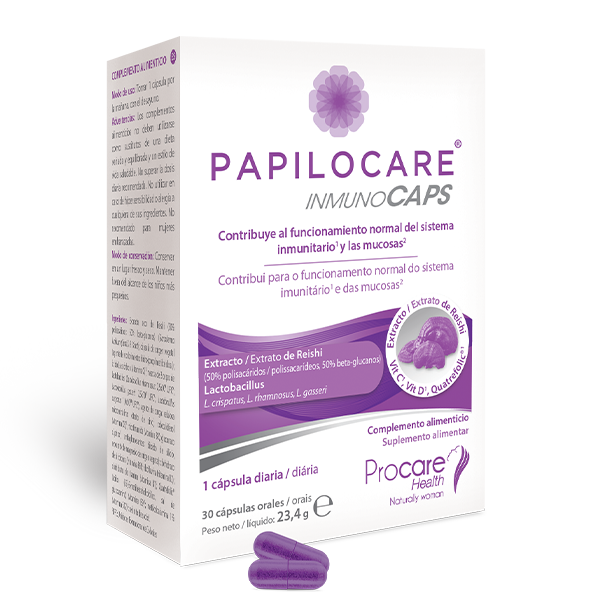 Shop Now
Shop NowPapilocare® External Genital Gel
£19.60 (VAT included)
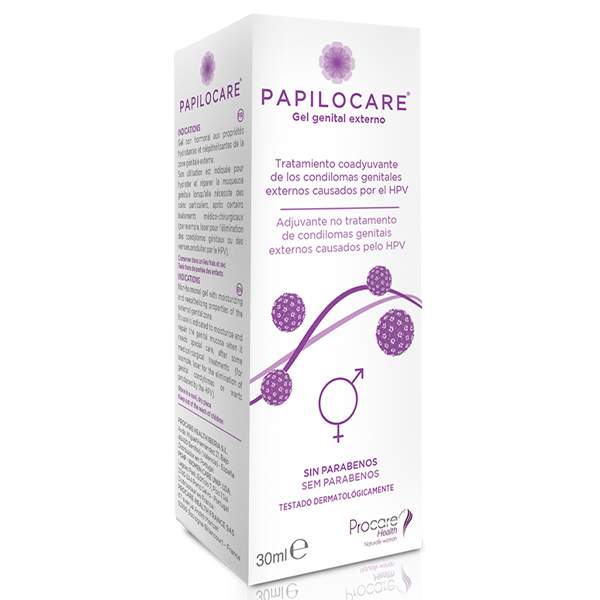 Shop Now
Shop NowPapilocare® Vaginal Gel
- 7 tubes - £21.70 (£3.10 per tube)
- 21 tubes - £55.45 (£2.64 per tube)
- 84 tubes - £211.80 (£2.52 per tube) (original 6 month course)
- 105 tubes - £262.25 (£2.50 per tube) (the enhanced 6 month course)
Price range: £21.70 through £262.25 (VAT included)
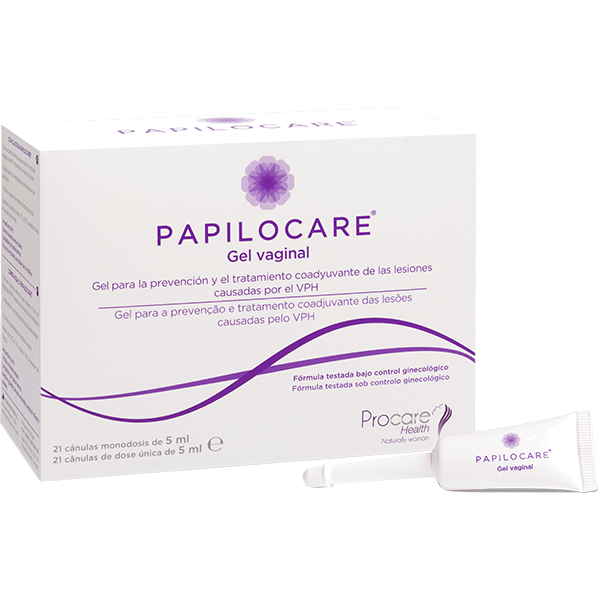 Shop Now
Shop NowSocial
Sign up to receive our newsletter and a welcome discount code:
Disclaimer: Information on this website is provided for informational purposes only and not intended as a substitute for the advice provided by your physician or other healthcare professional. You should not use the information on this website for diagnosing or treating a health problem or disease, or prescribing any medication or other treatment. For medical advice, diagnosis and prescription, please consult a healthcare professional. More Information >
Disclaimer: Information on this website is provided for informational purposes only and not intended as a substitute for the advice provided by your physician or other healthcare professional. You should not use the information on this website for diagnosing or treating a health problem or disease, or prescribing any medication or other treatment. For medical advice, diagnosis and prescription, please consult a healthcare professional.
© LivBio Limited 2024 All Rights Reserved.
